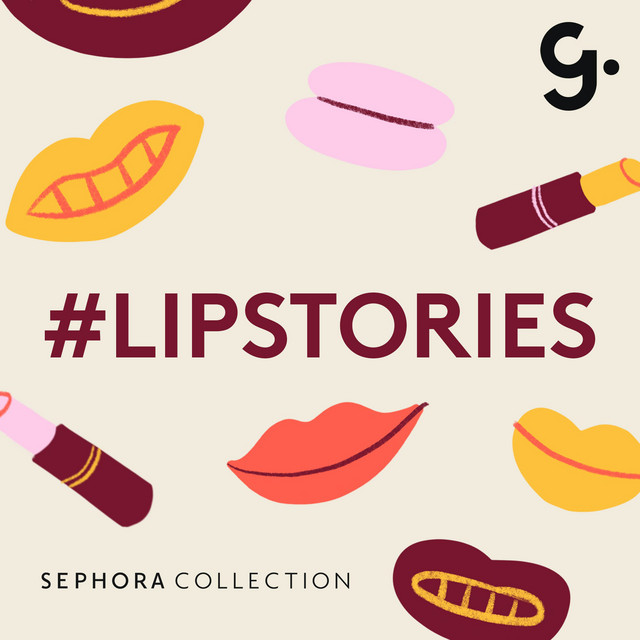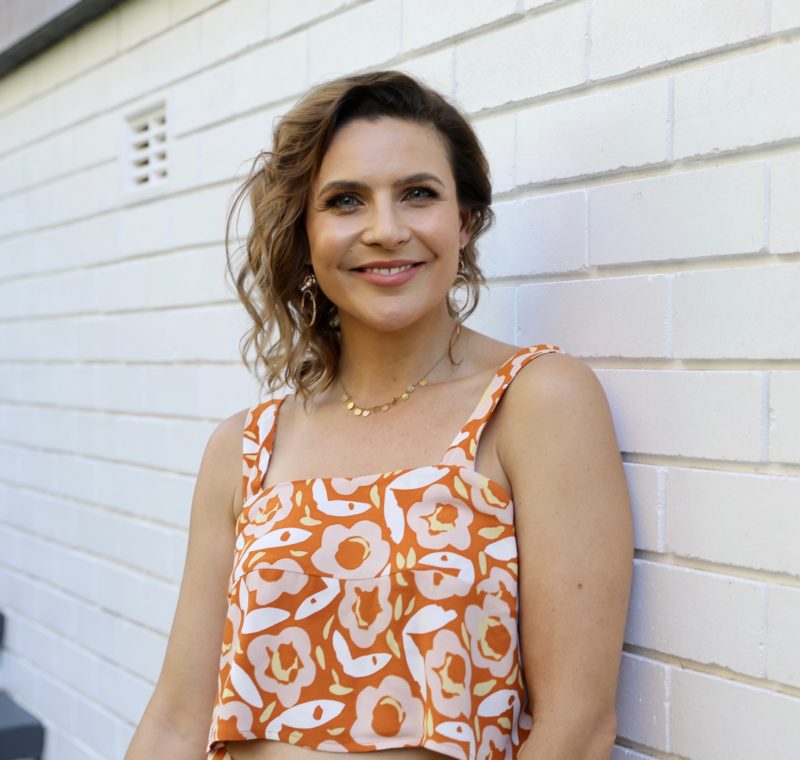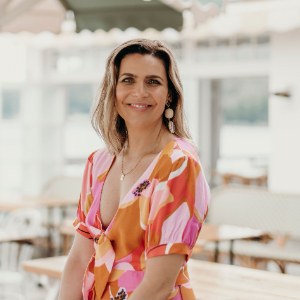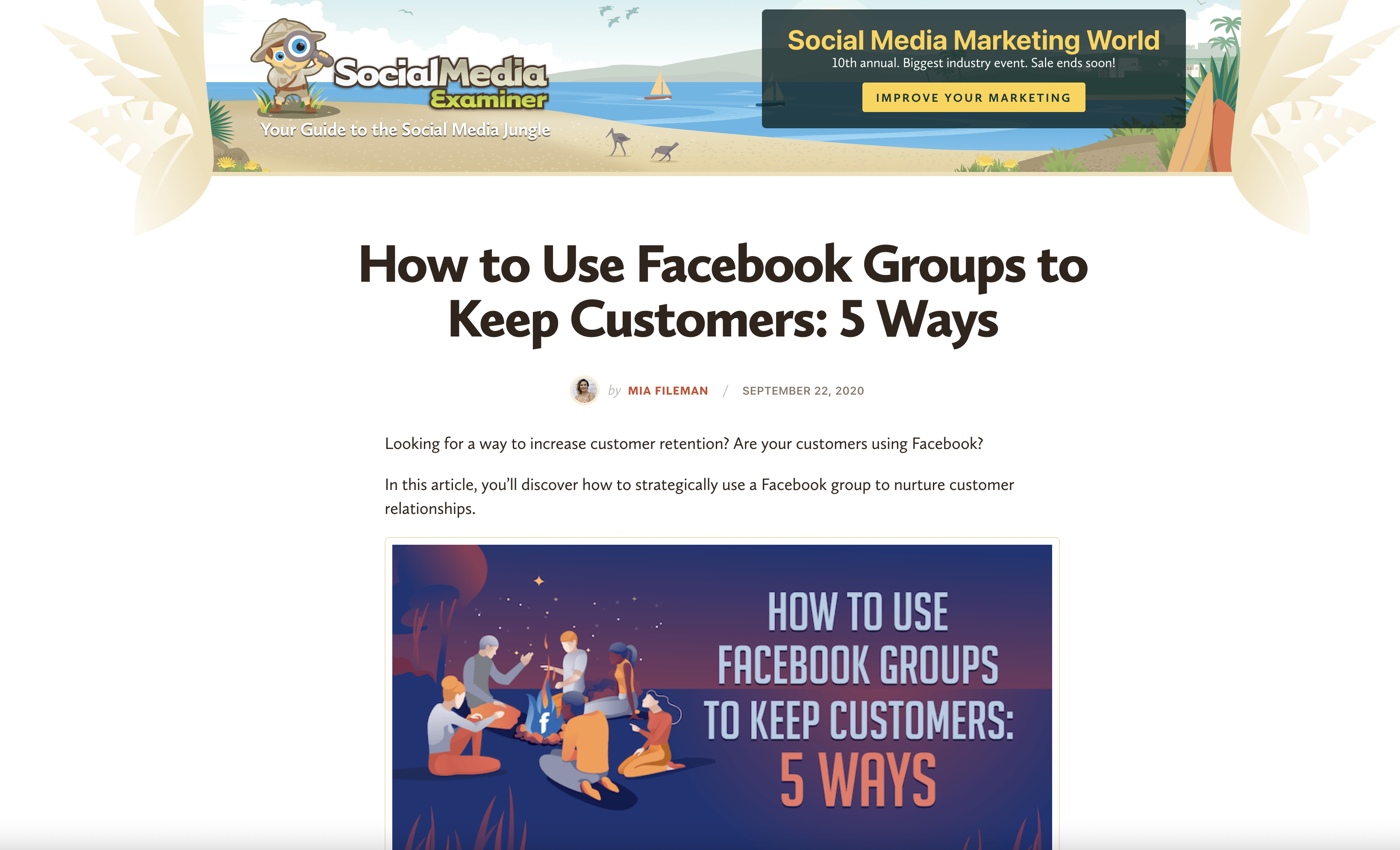Marketing Mastery: Owned, Paid, Earned and Borrowed Channels
Dec 07, 2023
After 21 years in marketing, I know the best approach is an integrated, multi-channel approach. Marketing campaigns are a masterful blend of strategy, creativity, messaging and media to strategically promote a brand.
Why use a hammer to build your entire house when you have so many other tools at your disposal? Over-relying on one channel is perilous, especially when that channel is a social media platform.
To start building an integrated omnichannel campaign or strategy, we first need to understand the different channel types and their role in your marketing mix.
Let's do it.
What are Media / Marketing channels?
A media channel is a medium brands use to communicate their messages to the intended audience. So, it's the channel of distribution. The terms marketing channels and media channels are commonly used interchangeably to mean the same thing: the avenues brand marketers use to get their messages across.
There are hundreds of media channels, with new ones introduced daily.
Media channels can be grouped broadly into four categories:
Each media channel type plays an important role and comes together as part of your marketing arsenal. Let's deep-dive into each of these categories:
1. Owned media channels
These are channels that brands have built and have control over.
- Website: your website and all your sales and landing pages
- Blog: most brands have a blog within their website, but standalone publishing platforms like Substack or Gumroad are gaining popularity
- Memberships and communities off social media like Circle.So or Mighty Networks
- Apps and software, e.g. The Duolingo mobile app is an owned channel
- Podcast: this is a brand's podcast, not guest appearances covered in earned media channels
- Email list: email subscribers who have given consent to receive marketing emails from your brand
- Physical premises: if you are bricks and mortar retailer, then your studio, store, factory, etc., is also an owned channel to promote your brand to your customers


Palate Quiz by Good Pair Days, an example of owned media.
The overwhelming benefit of owned channels is that they are essentially free and afford brand custodians almost complete control. There are no editorial guidelines (besides your own), character limits or algorithms to compete with.
In 2023 and beyond, purchase decisions will be made on owned channels because they are a distraction-free environment.
Owned channels take a long time to build, which is why I highly recommend marketers start investing in building their owned channels from day one.
2. Paid media channels
These are paid media channels that brands pay to play within.
- Traditional advertising: TV, print, radio paid advertising
- Out-of-home media: outdoor or transit media like bus shelters and billboards
- Social media advertising: Facebook, Instagram, LinkedIn, Pinterest, YouTube, Twitter, TikTok
- Spotify advertising
- Influencers (paid)
- Programmatic advertising
- Search engine marketing, like Google ads
- Advertorials and sponsored posts
- Sponsorships
Out-of-home media example by activewear brand LNDR
The benefit of paid media channels is that they help you reach new people and build your audience.
Paid media channels can get expensive, especially when you're starting out, so we balance with owned, borrowed and earned to help us punch above our weight. Paid media does not guarantee sales, which is a bitter pill. If your strategy, messaging or creative is off, your ads will not translate to sales. Too many brands waste money on paid media channels before they have organic traction. Instead of doing the hard strategic work to get their product, price, value proposition, messaging and branding right, they throw good money after bad at paid channels, expecting miracles.
Paid media channels don't speak to your credibility or authority, so for that, we look to earned media.
Paid media examples

Meta (Facebook and Instagram) ad for Ester Spirits

LinkedIn promoted post by GWI

Print advertising example: Heinz
There are many different paid media channels to consider and options for all budgets.
Are traditional paid media channels dead?
No. Previously, brands spent the overwhelming majority of their advertising spend on traditional channels and only a tiny proportion, like 5%, on digital channels.
Times have changed since the early 2000s, and now brands are spending equal if not more of their spend on digital channels.
But traditional channels still deliver a good ROI, especially when integrated with digital and social channels.
Leading brands still favour advertising campaigns for television, and out-of-home media has grown since digital billboards and displays arrived. If your business operates in a specific geographic area or targets older generations, traditional media may still hold value for you.
3. Earned media channels
As the name suggests, you can earn media coverage in exchange for non-monetary currency. I have built my brand on earned media: I exchange my marketing expertise for coverage in leading business and marketing publications.
Examples of Earned Media are:
- Press and publicity, including media mentions, expert commentary and thought-leadership PR
- User-generated content: content created by your customers and community
- Podcast guest appearances
- Guest blogging or presenting a masterclass for someone else's audience
- Branded mentions
- Shares
- Reviews and testimonials
- Reposts
- Recommendations
An article I contributed to Social Media Examiner
We are living in an era of widespread mistrust. Audiences are no longer willing to take a brand at its word and have high levels of scepticism with advertising. Earned media is the antidote.
The best way to establish your brand as legitimate, credible and reputable is with earned media: others talking about you.
I have been featured in Social Media Examiner, Smart Company, Mumbrella, Marketing Mag and Better Marketing and have not paid one single dollar to be there. I have earned it.
Audiences know that you can buy your way into the editorial sections of leading media outlets, and not everyone gets in. This helps me stand out from other marketers and gives me a stamp of authority that others may not have.
4. Borrowed media channels
We can leverage these channels for our benefit but that we don't own and therefore have limited control over.
- Social media channels
- Social media communities like Facebook groups
Would you build a house on borrowed land? No. Then why do so many brands over-invest and over-rely on social media? That's a rhetorical question; I know why.
It's because, during the golden era of social media, brands could reach and convert large audiences at a minimal cost. You could amass a huge Facebook following and have a reasonably captive audience to sell to. That has not been the case for several years, and the jig is up on that strategy.
The best way to use borrowed channels is to drive people to owned media. Put that on a post-it note and put it on your office wall.
Use your organic social media channels to drive people to your website, sign up for your email list and listen to your podcast.
With organic reach essentially dead on most social media channels except TikTok and LinkedIn, social media is a paid channel.
@duolingo am I the new face of balenciaga? #duolingo #dulapeep #balenciaga #fashion ♬ this is viral lol - libra 🇰🇿
Education app Duolingo is leveraging TikTok's platform to drive users to download the app.
Why is a smart mix of owned, paid, earned and borrowed media channels important?
Here are my top two reasons:
Reason one: they revolve around different stages of the buying journey.
Some marketing channels work harder than others and are better suited at different stages of the funnel.
Top of funnel
Organic and paid social media channels work best for the top of the funnel because they help brands get discovered by potential customers. Think about brands you have purchased from recently; it's more than likely that you found them through a social media platform like Facebook, Instagram, TikTok or LinkedIn.
Paid social media advertising will help you grow your audience faster because organic reach is practically dead on Meta platforms (Facebook, Instagram and WhatsApp). If you are using organic social media exclusively, growth takes considerable time.
Blogs like this one are also helpful for the top of the funnel as they help drive traffic from Google searches. I run a small team, so I prioritised social media content creation for many years but as a result, all my leads were coming from social media alone, which is quite a risky strategy. Since starting to blog more regularly and optimising those blogs for search, we have started getting more inbound leads from Google.
Middle of Funnel
For the middle of the funnel, earned and owned media come into their own. As your customers arrive at the evaluation stage of the buyer journey, earned media gives your brand that credibility boost you need to beat out the alternatives and competitor offers. PR, podcasts and branded mentions are great middle-of-funnel channels.
Email marketing is our go-to channel for the middle and bottom of the funnel. Our buyer journey is quite long; it can take 3-6 months for someone to go from stranger to customer, so email marketing allows us to nurture those prospects cost-effectively.
Bottom of Funnel
In 2024 and beyond, the purchase decision will be made on an owned channel: landing, product pages, and emails.
At the bottom of the funnel, your owned media nurtures and converts prospects to a sale.
Contrary to popular practice, I urge our customers to prioritise owned channels first and work backwards from the point of purchase. The best content on social media is worthless if your landing and sales pages are not optimised to convert.
Paid advertising can also be useful at the bottom of the funnel, especially if you are sharing an offer or promotion.
Reason two: It allows brands to do more with less.
Using a mix of paid, earned, owned, and borrowed channels makes your budget work harder, and integrating your marketing efforts across multiple channels has a multiplier effect.
The whole is greater than the sum of the parts - Aristotle
Owned, earned and paid media channels: snapshot
Save this handy chart to refer back to.

Adopting a multi-channel approach is more work, but it's worth the payoff. The key is to prioritise your efforts and plan ahead. Some marketing activities matter more than most, so Mia has recorded a webinar to help you prioritise your marketing efforts, and you can watch that for free here.

About Mia:
Besides having earnt the nickname "The Campaign Lady", Mia is an expert marketing strategist and founder of Campaign Del Mar. You'll love her hard hitting, no BS marketing expertise honed by 20 years in the industry. She is a widely published writer for publications including Social Media Examiner, Mumbrella, Mamamia and Smart Company. The first decade of her career was spent in brand management roles for global consumer brands Vegemite, Kraft, Maybelline and BIC in France. Now? She's a full-time trainer, mentor and consultant who works with you to drive your business results. Strap in for your journey to marketing glory.

Written By
Mia Fileman
Marketing Strategist

Author
Mia Fileman
Marketing Strategist and Founder




